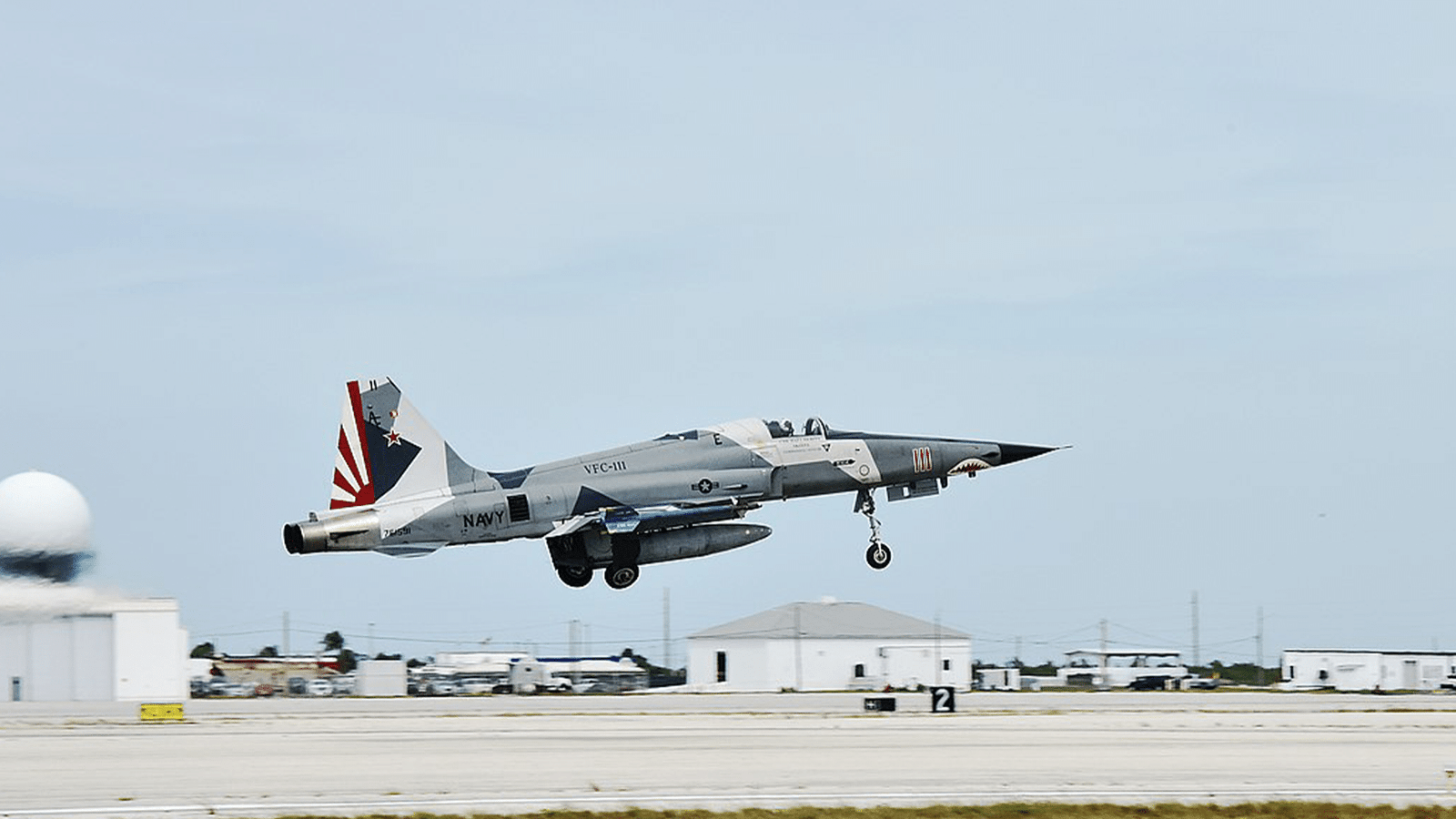U.S. Navy Pilot Rescued After Ejecting from Plane off Key West
On Wednesday afternoon, a U.S. Navy pilot was rescued after ejecting from a fighter jet that crashed into the ocean off the coast of Key West, Florida. The pilot managed to safely eject from the F/A-18 Hornet before it crashed into the sea, prompting a search-and-rescue operation involving the U.S. Coast Guard, a local sheriff’s office, and U.S. Navy assets.
The Ejection and Rescue
The Navy pilot was flying a training mission when he ejected from the aircraft over the ocean approximately 20 miles southeast of Key West. The rescue operation began almost immediately after the crash, with the pilot’s distress signal being picked up by the Coast Guard. The Navy dispatched an MH-60 helicopter and a HC-144 Ocean Sentry plane to the scene, and the Monroe County Sheriff’s Office also sent a dive team to assist in the search.
After about an hour, the pilot was spotted in the water by the Coast Guard. The rescue team lowered a basket down to the pilot and hoisted him aboard the helicopter, which transported him to a hospital for evaluation. The pilot’s condition has not been disclosed, but he is said to be in stable condition.
The Investigation
The cause of the crash is currently under investigation, and the Navy has not released any details about what may have caused the pilot to eject from the plane. However, the Navy has confirmed that the plane was from Strike Fighter Squadron 204, based at Naval Air Station Joint Reserve Base New Orleans. The squadron is a reserve unit primarily made up of F/A-18 Hornets, which are multirole fighter jets used for both air-to-air and air-to-ground missions.
The Importance of Training
The incident highlights the importance of training for military pilots, who must be prepared to handle a variety of emergency situations while in the air. According to the Navy, the pilot involved in Wednesday’s crash had undergone extensive training and was qualified to fly the F/A-18 Hornet.
As part of their training, Navy pilots undergo a rigorous ejection seat training program. The program includes classroom instruction, hands-on training with ejection seats, and simulator training to prepare pilots for emergency situations. The ejection seat is designed to help pilots safely exit a plane in the event of an emergency, and the training helps pilots learn how to use the seat effectively.
The Role of Search and Rescue
The successful rescue of the Navy pilot also highlights the important role of search-and-rescue operations in responding to emergencies at sea. The U.S. Coast Guard is responsible for conducting search-and-rescue operations in U.S. waters, and is staffed by highly trained professionals who are prepared to respond to emergencies at a moment’s notice.
In addition to the Coast Guard, local law enforcement agencies and military assets can also be called upon to assist in search-and-rescue operations. The Monroe County Sheriff’s Office, for example, sent a dive team to assist in the search for the Navy pilot, and the Navy dispatched helicopters and planes to the scene.
The Danger of Flying
The incident is also a reminder of the inherent dangers of military aviation. Despite advances in technology and training, flying military aircraft remains a high-risk profession. Pilots face a variety of dangers in the air, including mechanical failure, inclement weather, and enemy fire.
The Navy has not released any information about what may have caused Wednesday’s crash, but accidents like this one serve as a reminder of the risks that military pilots face on a daily basis.
Conclusion
The successful rescue of the Navy pilot is a testament to the skill and dedication of the search-and-rescue teams involved in the operation. It also highlights the importance of training for military pilots, as well as the risks and dangers associated with aviation. Hopefully, the Navy will be able to determine the cause of the crash and take steps to prevent similar incidents from happening in the future. In the meantime, we can all be thankful that the pilot was rescued and is now safe and sound.




































